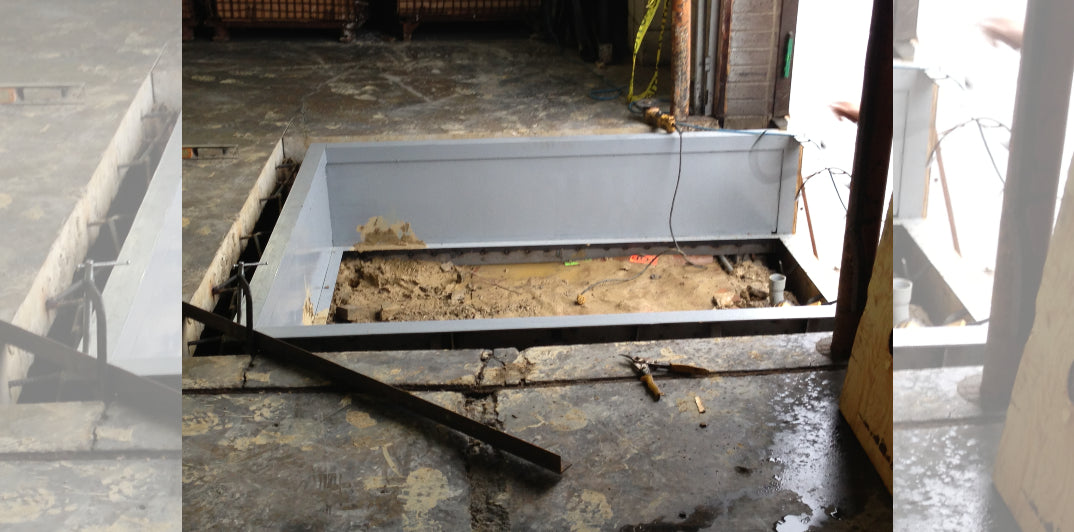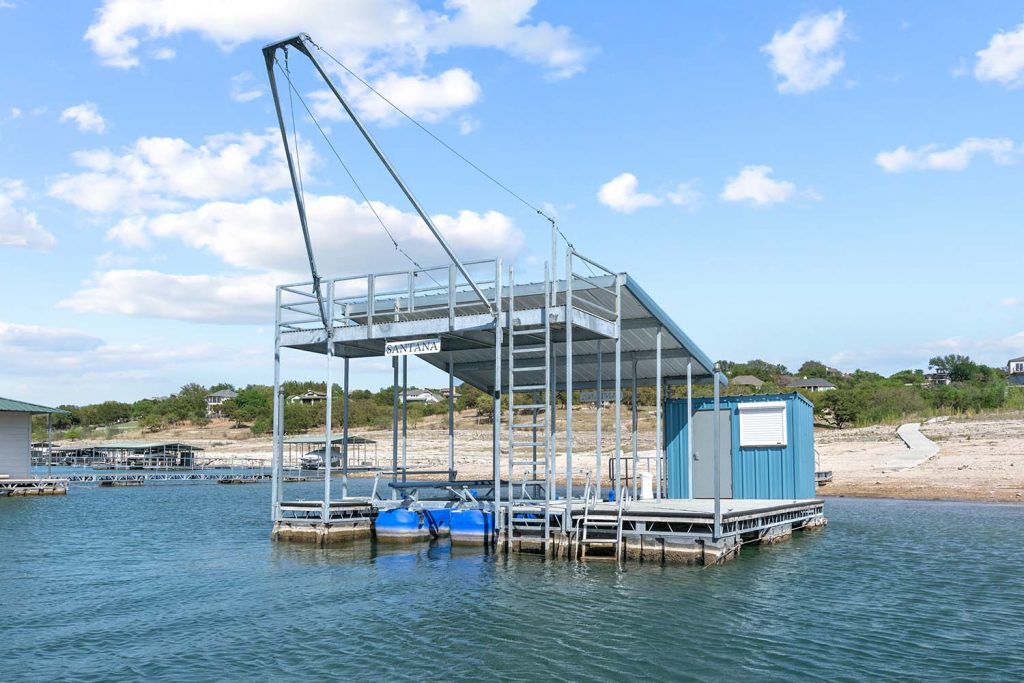Common Concerns That Cause Costly Dock Repairs
Common Concerns That Cause Costly Dock Repairs
Blog Article
Reliable Dock Repair Service Techniques: Making Certain Architectural Stability
Making certain the structural honesty of docks via efficient fixing strategies is critical for the longevity and safety of marine centers. Ultimately, choosing the best fixing materials, such as corrosion-resistant alloys and composite products, is crucial for sturdiness.
Analyzing Dock Damage
Assessing dock damages is a crucial initial step in guaranteeing the structural honesty and security of any docking center. Trick elements to take a look at include the dock's foundation, pilings, outdoor decking, and equipment (Dock Repairs).
Architectural engineers or certified inspectors commonly perform these evaluations using specialized devices and methods. Underwater inspections could use sonar tools or remotely operated cars (ROVs) to find submerged damages. Over water, visual examinations are complemented by utilizing wetness meters and various other diagnostic devices to discover underlying problems not right away noticeable to the naked eye.

Picking Repair Work Products
Picking the suitable fixing materials is an essential action in the dock restoration process, one that directly influences the durability and efficiency of the fixed structure. Material option should be driven by aspects such as ecological conditions, load-bearing demands, and compatibility with existing dock parts.
Along with timber, composite products are significantly preferred due to their toughness and low maintenance demands. Composites, normally made from a blend of plastic and wood fibers, offer superb resistance to rot, pests, and UV damages. For steel anchors, picking corrosion-resistant alloys such as galvanized steel or marine-grade light weight aluminum is important to protect against corrosion and make certain architectural integrity in saline water conditions.
Epoxy resins and marine-grade sealants are indispensable for repairing fractures and securing joints, offering a water resistant barrier and improving the dock's total strength. By thoroughly picking top quality materials, dock repairs can accomplish long-lasting results, thereby securing against future degradation and ensuring safe, reputable use.
Structural Support Strategies
Efficient architectural reinforcement techniques are critical in making certain the security and durability of dock repair services. One basic method entails making use of steel or composite support bars (rebar) within concrete frameworks. Rebar gives additional tensile strength, stopping splits and distributing loads much more equally. This technique is especially reliable for docks revealed to heavy tons or extreme ecological problems.
Another crucial method is the application of fiber-reinforced polymers (FRP) These products offer high strength-to-weight proportions and exceptional resistance to corrosion, making them excellent for strengthening wooden or concrete anchors. FRP can be applied in sheets or strips and bonded with epoxy resins to improve architectural stability.
Supporting and securing systems also play an essential duty in structural support. Cross-bracing, using steel or wood light beams, can combat side pressures, reducing guiding and movement. Anchoring systems, such as helical piers or driven piles, supply a steady foundation by transferring tons to much deeper, more stable soil layers.
Last but not least, the integration of load-distribution plates can assist disperse weight a lot more uniformly throughout the dock's surface area, alleviating localized anxiety points. These methods jointly make sure that docks remain safe and robust, efficient in holding up against the rigors of you can try these out their functional environment.
Advanced Repair Approaches

One more advanced technique involves underwater welding, which enables fixings to be carried out without the requirement to dewater the area. This approach is specifically advantageous for dealing with structural problems in immersed dock parts, making sure marginal disturbance to procedures. Boosted welding strategies, paired with robotic systems, supply precision and dependability, thereby extending the life-span of the dock.
Furthermore, cathodic protection systems are applied to avoid deterioration in metallic dock structures. By making use of sacrificial anodes or satisfied present systems, these strategies properly minimize the electrochemical procedures that lead to material wear and tear.
Last but not least, progressed surveillance technologies, such as structural health surveillance (SHM) systems, provide real-time data on the problem of dock frameworks. These systems make it possible for positive upkeep and prompt treatments, ultimately making sure the long-term structural stability of the dock.
Upkeep and Prevention
Upkeep and prevention are basic principles that underpin the long life and safety and security of dock structures. Normal examinations are paramount, allowing for early detection of deterioration, prospective weaknesses, and environmental effects. An aggressive strategy, entailing regular checks for rust, rot, and structural shifts, alleviates expensive repair work and extends the dock's operational life.
Safety nets need to consist of using safety layers to steel parts to safeguard versus rust and using cured timber to stand up to degeneration. Furthermore, making sure this website proper water drainage and air flow can stop water build-up, which is an usual reason of structural degradation. Including quality products and sticking to producer standards during construction and repair stages also play crucial duties in enhancing longevity.

Educating workers in dock upkeep finest techniques makes certain consistent application of safety nets. Leveraging technical breakthroughs, such as drones for examinations and sensing units for real-time tracking, can better enhance upkeep efforts. By prioritizing upkeep and avoidance, dock owners can make certain structural integrity, operational safety, and cost-effective monitoring over the dock's life-span.
Final Thought
In conclusion, keeping the structural integrity of marine centers requires thorough dock repair work strategies. Advanced repair service methods, coupled with routine maintenance techniques, make sure the dock remains secure and functional under diverse ecological problems.
Ensuring the structural honesty of docks with reliable repair work methods is vital for the durability and security of marine facilities.Picking the suitable fixing materials is a critical action in the dock repair procedure, one that straight influences the durability and site web performance of the fixed framework.Effective structural reinforcement methods are essential in making certain the security and longevity of dock repair work. By prioritizing upkeep and avoidance, dock proprietors can make certain structural integrity, operational safety, and cost-effective administration over the dock's life-span.
In final thought, preserving the architectural integrity of aquatic facilities demands extensive dock repair techniques.
Report this page